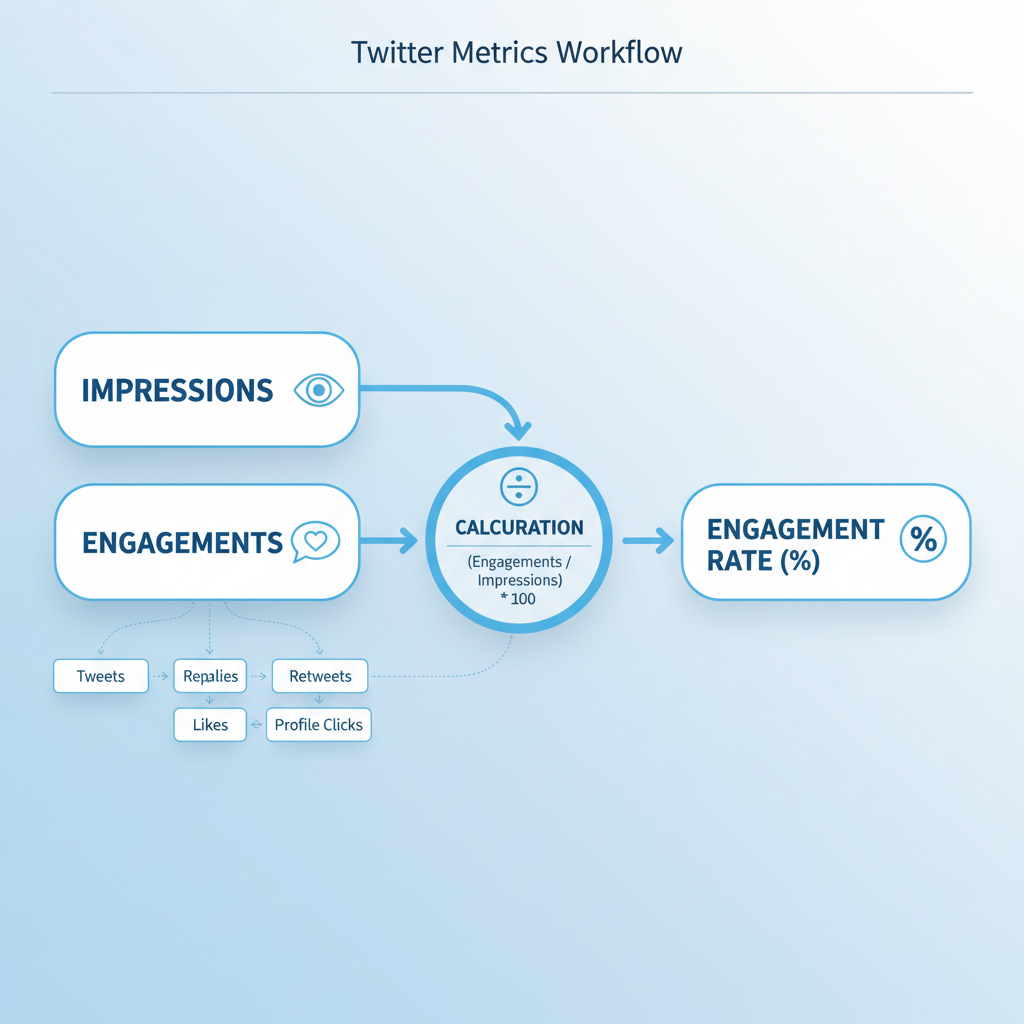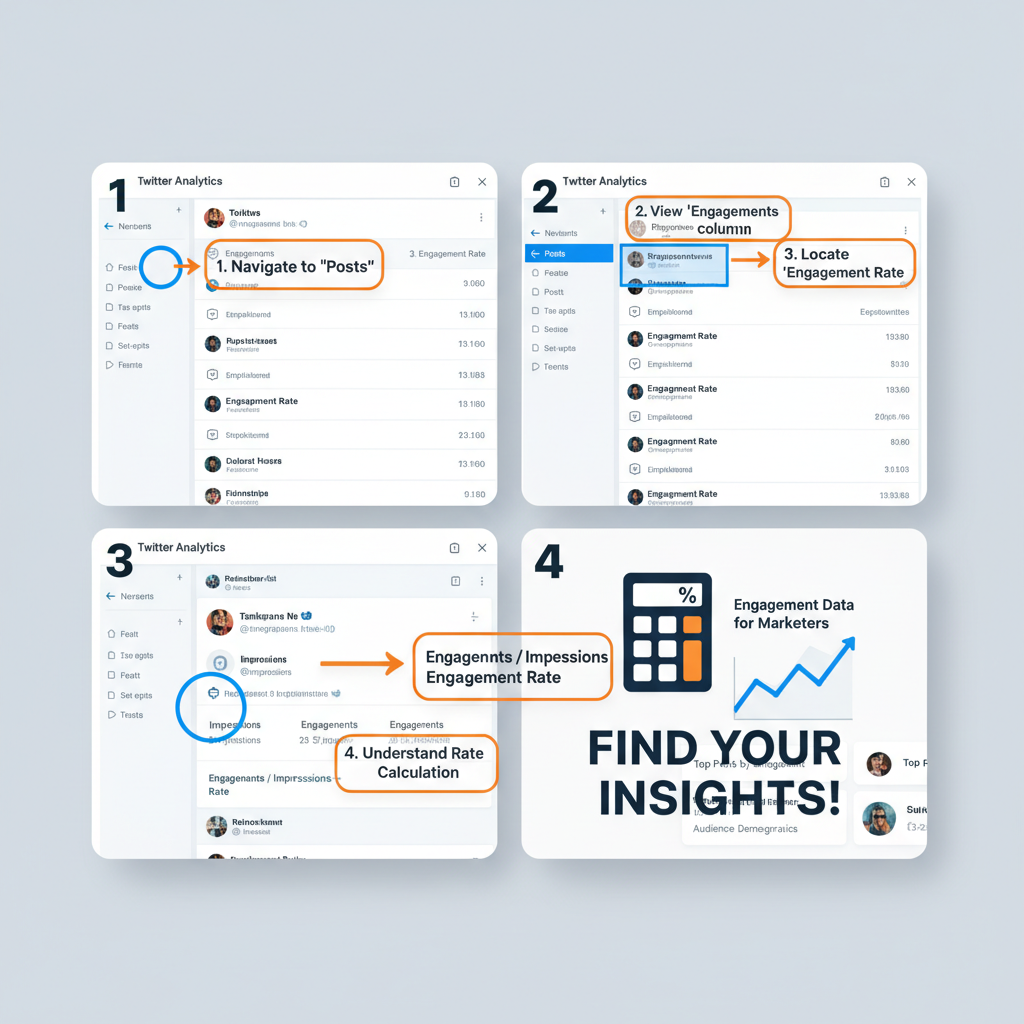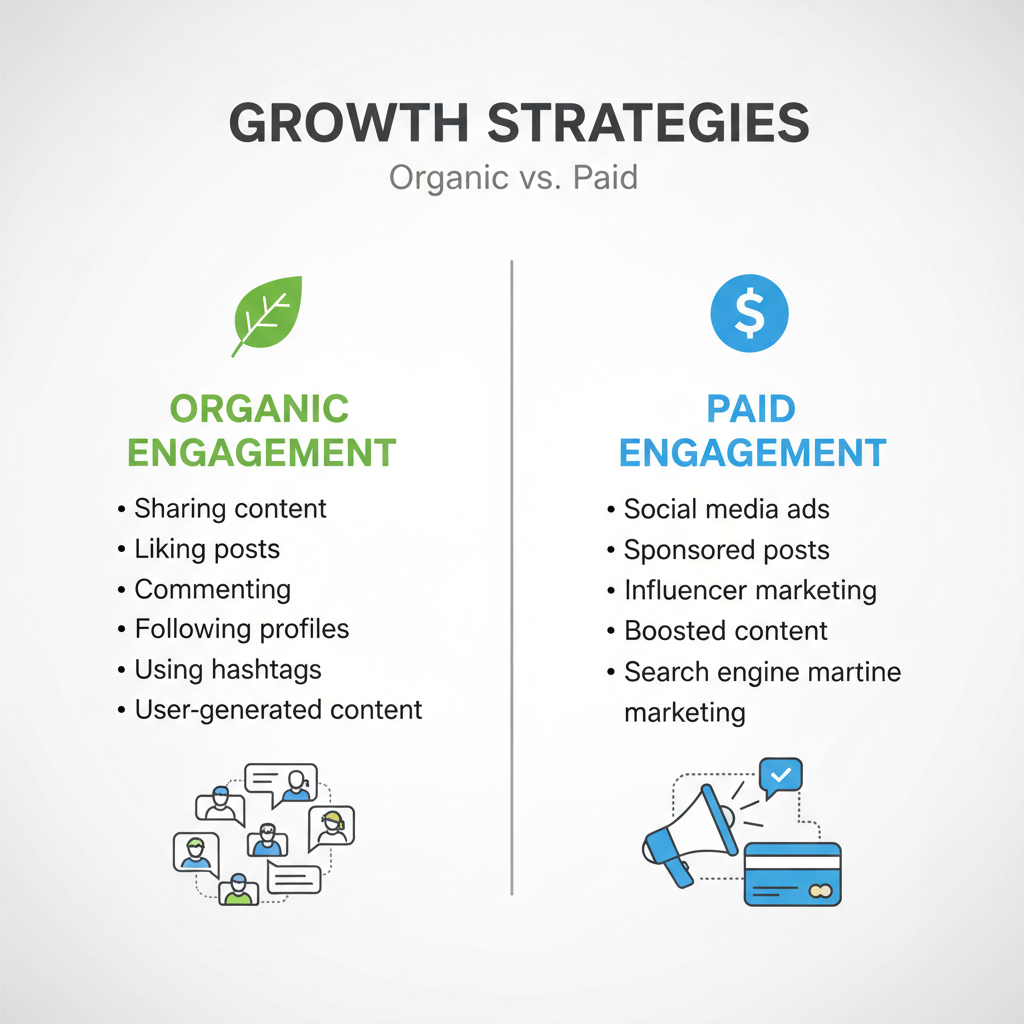What Does an Engagement Mean on Twitter for Marketers
Learn what Twitter engagement means for marketers, how it's calculated, and strategies to boost interactions through organic and paid efforts.

What Does an Engagement Mean on Twitter for Marketers
Twitter remains a powerful platform for brands, content creators, and marketers to spark conversations, share timely updates, and build active communities. For professionals shaping a social media strategy, knowing what does an engagement mean on Twitter is essential. This comprehensive guide explains the definition, calculation methods, and importance of engagement, alongside actionable tips for boosting interaction.

---
Defining Twitter Engagement
In the simplest terms, Twitter engagement refers to any interaction a user has with your tweet. Engagement measures the actual interest your audience has in your content, going beyond passive views.
Twitter counts the following as engagements:
- Likes: Quick approval or appreciation, increasing the tweet’s visibility via followers’ feeds.
- Retweets: Sharing your content to a follower’s audience, amplifying reach organically.
- Replies: Creating conversation by commenting directly on the tweet.
- Clicks: Includes link clicks, username clicks, hashtag clicks, media views, or profile image clicks.
Together these interactions help marketers estimate visibility and actionability, influencing decisions around content and campaign design.
---
How Twitter Calculates Engagement Rate
Twitter’s engagement rate is a standardized metric to evaluate tweet performance across different posts.
Formula:
Engagement Rate (%) = (Total Engagements / Total Impressions) × 100Example: A tweet that receives 500 engagements from 10,000 impressions yields:
(500 / 10,000) × 100 = 5%A higher percentage shows your content resonates strongly with viewers, making it a critical KPI for ongoing improvement.
---
Impressions vs. Engagements
Understanding the key difference between impressions and engagements makes it easier to interpret analytics accurately.
| Metric | Definition | Why It Matters |
|---|---|---|
| Impressions | The number of times a tweet appears in a user’s timeline or search results. | Indicates potential reach and brand visibility. |
| Engagements | The tally of actions like likes, replies, retweets, and clicks. | Shows actual interest and content resonance. |
While impressions measure audience exposure, engagements represent active participation.
---
Why Engagement Matters for Brands and Creators
High engagement rates can lead to:
- Stronger Audience Relationships: Frequent interactions signal trust, loyalty, and connection.
- Algorithmic Boost: Twitter’s algorithm tends to promote posts with more engagement.
- Strategic Validation: High interaction levels confirm that your messaging and tone resonate.
- Conversion Potential: Regular engagement increases the likelihood of desired actions like website visits, newsletter sign-ups, or purchases.
Engagement is more than data—it’s the heartbeat of brand influence and long-term growth.

---
Organic vs. Paid Engagements
Engagements come through both organic activity and paid promotions.
Organic Engagement
- Achieved naturally without ad spend.
- Powered by quality content, optimal posting times, and consistent brand voice.
- Tends to reflect genuine loyalty.
Paid Engagement
- Results from targeted Twitter Ads campaigns.
- Great for broadening reach to new, non-following audiences.
- Can show immediate results, though long-term loyalty depends on follow-up strategy.
The most effective campaigns often blend both methods—using paid promotion to spark awareness and organic tactics to build sustained relationships.
---
Tracking Engagements with Twitter Analytics
Twitter Analytics is an in-platform tool allowing precise engagement measurement.
To use it:
- Visit analytics.twitter.com while logged into your Twitter account.
- Click on Tweets for individual post metrics.
- Review:
- Impressions
- Total Engagements
- Engagement Rate
- Click breakdowns (links, profiles, hashtags)
Pro Tip: Export CSV data for deeper analysis in Excel or Google Sheets. Pivot tables help spot engagement trends over weeks or months.
---
Tips to Increase Twitter Engagement
Improving engagement rate calls for a deliberate approach:
- Use Eye-Catching Visuals: Images, GIFs, infographics, and short videos improve click-throughs and shares.
- Post at Optimal Times: Identify and schedule tweets during peak activity.
- Be Selective with Hashtags: Use one or two relevant hashtags to boost discoverability without clutter.
- Invite Conversation: Pose open-ended questions to prompt replies.
- Capitalize on Trends: Join widely discussed events or news that align with your brand.
- Respond Promptly: Like, retweet, and reply to comments to reinforce community.

---
Examples of High-Engagement Tweets
Tweets that excel often combine smart composition with perfect timing:
- Live event coverage: Commentary during sports or award shows.
- Humor and relatability: Witty remarks or memes that strike a chord.
- Interactive polls: Encourage quick participation.
- Showcasing user-generated content: Builds rapport and motivates further sharing.
---
Common Mistakes That Reduce Engagement
Avoid these pitfalls:
- Excessive Hashtag Use: Over-tagging can look spammy.
- Neglecting Replies: Not engaging back weakens trust.
- No Visuals Used: Pure text blends into feeds unnoticed.
- Infrequent Posting: Gaps reduce follower habit and recall.
- Off-topic Posts: Straying from audience interests erodes relevance.
---
Interpreting Engagement Data for Campaign Decisions
Apply your engagement data strategically:
- Compare rates among formats (video vs. text, images vs. GIFs).
- Track specific actions (link clicks for traffic, retweets for awareness).
- Run A/B tests to identify winning content versions.
- Align insights with goals, e.g., prioritizing retweets for reach or clicks for lead generation.
---
Actionable Next Steps for Boosting Meaningful Interactions
- Audit Your Content: Look for common traits in top-performing tweets.
- Clarify Objectives: Tie engagement metrics to broader marketing goals.
- Schedule Strategically: Align posts with audience activity peaks.
- Mix Formats: Use threads, polls, videos, and visuals regularly.
- Engage Naturally: Keep responses human and authentic.
---
By understanding exactly what does an engagement mean on Twitter, marketers can transcend vanity metrics and turn interactions into tangible results. Engagement reflects real interest—transforming outreach into conversions and advocacy. Make consistent measurement, thoughtful iteration, and genuine connection core to your Twitter plan, and watch your presence and impact grow.
Ready to optimize your Twitter strategy? Start tracking, experimenting, and engaging today to build a loyal, active audience.




